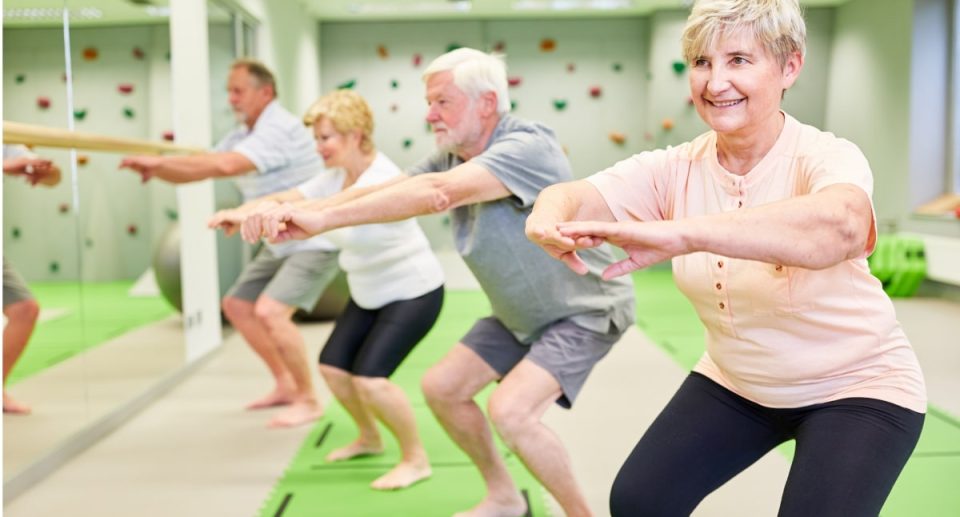
As we move through different stages of life, staying active becomes increasingly important for maintaining overall health and well-being. For seniors, regular physical activity is not just about keeping fit—it’s about enhancing quality of life, improving mobility, and reducing the risk of chronic illnesses. One of the most effective and accessible forms of exercise for older adults is a combination of yoga and stretching exercises. These gentle yet powerful activities can provide physical, mental, and emotional benefits, helping seniors maintain independence and vitality.
In this post, we will explore the importance of yoga and stretching for seniors, the numerous benefits these practices offer, and some recommended exercises that can easily be incorporated into daily routines. Let’s dive into how yoga and stretching can help seniors remain strong, flexible, and active, regardless of age.
The Benefits of Yoga for Seniors

Yoga is an ancient practice that combines physical postures, breathing exercises, and meditation. While yoga may seem intimidating initially, it is an incredibly adaptable form of exercise that can be modified to suit all ages and fitness levels. For seniors, yoga offers several key benefits:
- Improved Flexibility: As we age, our muscles and joints become less flexible, leading to stiffness and discomfort. Yoga helps to gently stretch muscles, tendons, and ligaments, improving overall flexibility. Greater flexibility can make everyday activities, such as bending, reaching, and walking, much easier.
- Enhanced Balance and Stability: Falls are a major concern for seniors, but yoga can significantly improve balance and coordination. By practicing poses that target the core muscles, legs, and feet, seniors can develop better stability and reduce the risk of falls.
- Increased Strength: Many yoga poses require participants to hold their body weight in various positions, which helps build muscle and bone strength. Strengthening these areas can improve posture, joint health, and enhanced physical endurance.
- Reduced Stress and Anxiety: Yoga is not just a physical practice—it also involves mindfulness and relaxation techniques that can reduce stress, anxiety, and depression. For seniors, this can be especially beneficial for managing the emotional challenges of aging.
- Improved Respiratory Health: Yoga emphasizes deep, controlled breathing, which can improve lung capacity and oxygen intake. This can be particularly helpful for seniors with respiratory conditions, as it encourages healthy breathing patterns and promotes relaxation.
- Gentle on the Joints: Unlike high-impact exercises like running or aerobics, yoga is gentle on the joints. This makes it an ideal option for seniors with arthritis or other joint-related issues. It allows for movement without placing too much strain on the body.
The Power of Stretching for Seniors
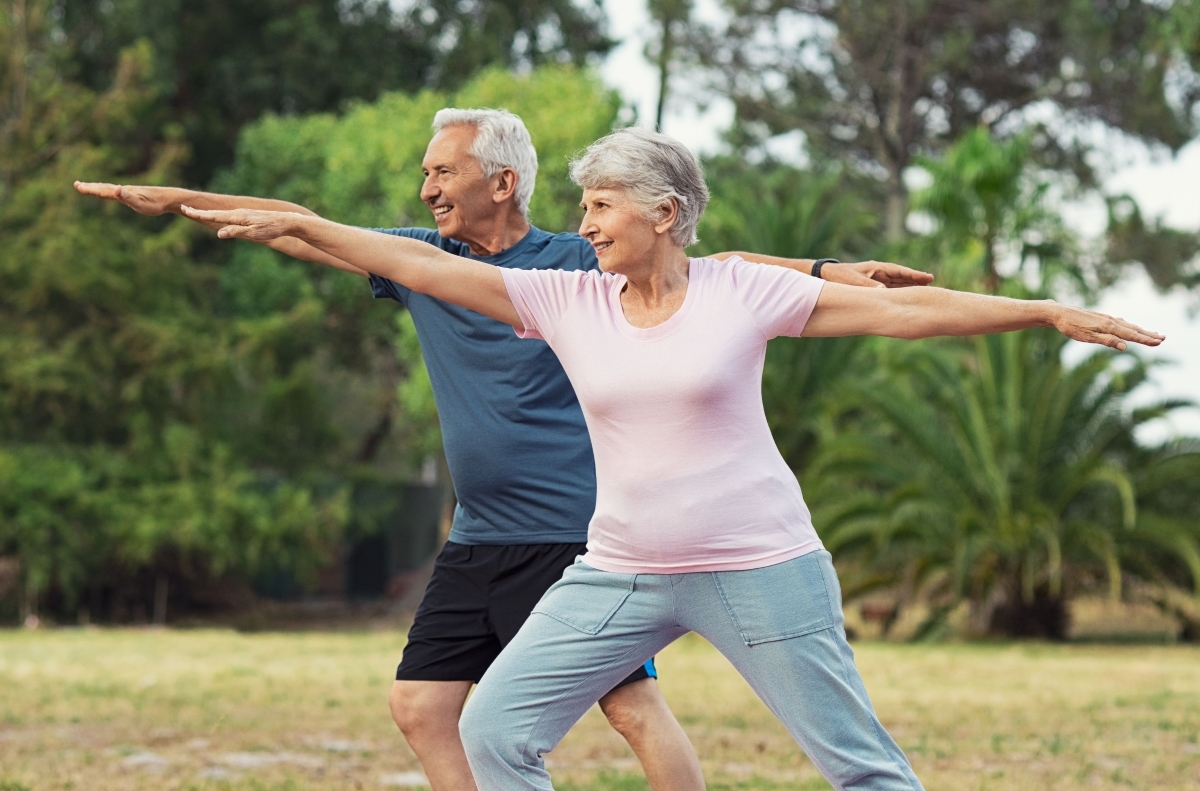
Stretching is a simple yet highly effective way to keep muscles flexible, strong, and healthy. Regularly stretching can prevent injury, reduce muscle stiffness, and enhance mobility for seniors. Here’s why stretching should be a part of every senior’s daily routine:
- Increased Range of Motion: Stretching helps lengthen muscles and tendons, improving the range of motion in joints. This is especially important for seniors, as a limited range of motion can make everyday tasks—like reaching overhead or bending down—more difficult.
- Improved Circulation: Stretching increases blood flow to the muscles, which helps to deliver oxygen and nutrients to the tissues. This can speed up recovery after physical activity and reduce muscle soreness.
- Enhanced Posture: Poor posture is common among seniors, especially those who spend a lot of time sitting. Stretching exercises that target the chest, shoulders, and back can help to realign the spine and improve posture.
- Decreased Muscle Tension: Tight muscles can lead to discomfort and pain, especially in the lower back, hips, and legs. Stretching helps to release tension in these areas, promoting relaxation and reducing pain.
- Better Flexibility and Mobility: Like yoga, stretching promotes muscle and joint flexibility. Increased flexibility can help seniors move more freely, reducing the risk of injury and making it easier to perform daily tasks.
Incorporating Yoga and Stretching into Your Routine
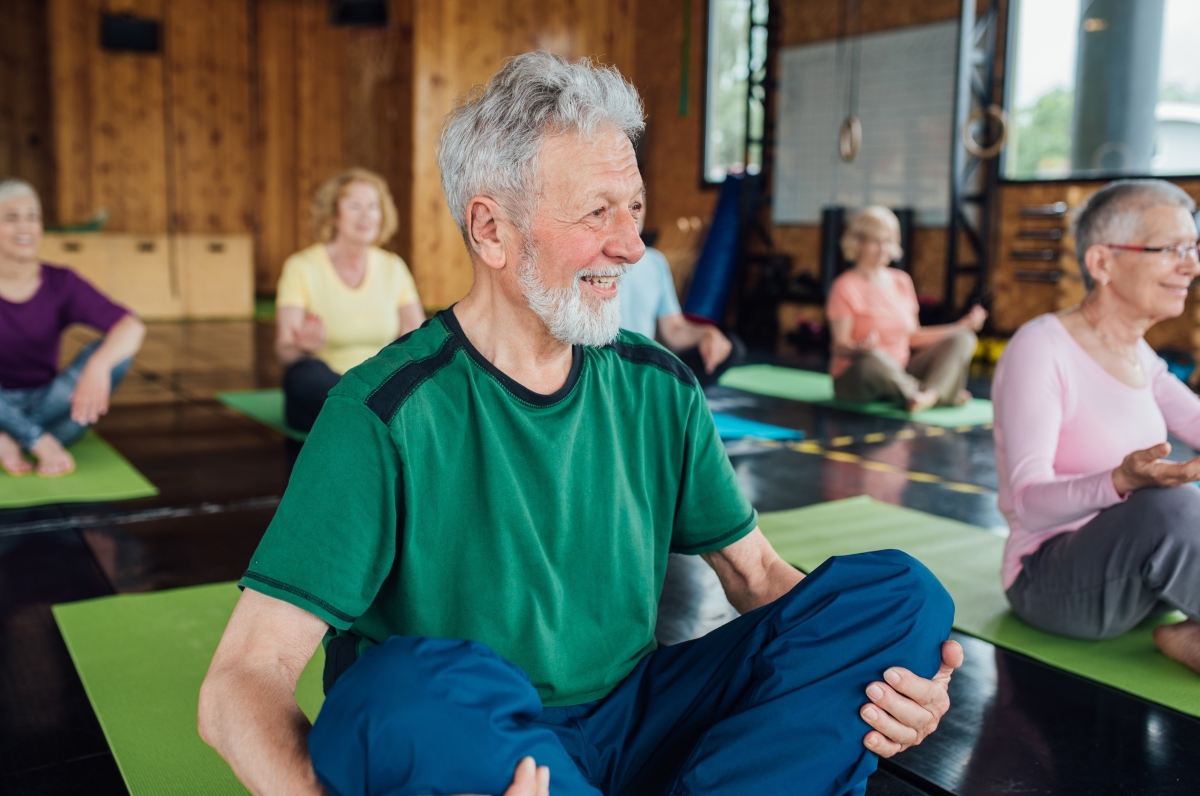
For seniors, one of the best aspects of yoga and stretching is that these exercises can be done almost anywhere and don’t require special equipment. Whether at home, in the park, or at a fitness center, you can easily incorporate these activities into your routine.
Yoga Poses for Seniors
Here are some simple, beginner-friendly yoga poses that are perfect for seniors:
- Mountain Pose (Tadasana): This foundational pose helps to improve posture and balance. Stand tall with your feet hip-width apart and your arms relaxed at your sides. Engage your core muscles, lift your chest, and reach your arms overhead as you take deep breaths. Hold the pose for 30 seconds to a minute.
- Seated Forward Bend (Paschimottanasana): Sit on the floor with your legs extended straight. Slowly reach your hands toward your feet, keeping your back straight. This pose gently stretches the hamstrings and lower back, improving flexibility.
- Chair Pose (Utkatasana): Imagine sitting back in an invisible chair by bending your knees and lowering your hips. Keep your chest lifted and your arms extended overhead. This pose strengthens the thighs and improves balance. For added support, you can perform this pose near a wall or with the help of a sturdy chair.
- Cat-Cow Pose (Marjaryasana-Bitilasana): This pose involves alternating between arching and rounding the spine, which helps to increase flexibility and relieve tension in the back. Start on your hands and knees, arch your back (Cow Pose), and then round your spine toward the ceiling (Cat Pose). Repeat for several breaths.
- Tree Pose (Vrikshasana): Stand tall with your feet together. Shift your weight to one foot and bring the sole of the other foot to your inner calf or thigh. Balance and hold this pose for several breaths, then switch sides. Tree Pose is excellent for improving balance and leg strength.
Stretching Exercises for Seniors

In addition to yoga, stretching exercises can be easily incorporated into a daily routine. Here are a few gentle stretches that can benefit seniors:
- Neck Stretch: Sit or stand with your back straight. Slowly tilt your head to the right, bringing your ear toward your shoulder. Hold for 20 seconds, then switch sides. This stretch relieves tension in the neck and shoulders.
- Shoulder Stretch: Bring your right arm across your chest, holding it with your left hand just above the elbow. Gently pull your right arm toward your chest, feeling the stretch in your shoulder. Hold for 20-30 seconds, then switch sides.
- Seated Hamstring Stretch: Sit on a sturdy chair with one leg extended straight out in front of you, heel resting on the floor. Lean forward slightly from the hips, keeping your back straight. This stretch helps to increase flexibility in the hamstrings and lower back.
- Calf Stretch: Stand facing a wall, placing both hands on the wall at shoulder height. Step one foot back, keeping the heel on the floor and bending the front knee. You should feel a stretch in the calf of your back leg. Hold for 20-30 seconds, then switch legs.
- Quad Stretch: Hold onto a chair or wall for balance while standing. Bend one knee, bringing your heel toward your buttocks, and hold your ankle. Gently pull your ankle toward your body, feeling the stretch in the front of your thigh. Hold for 20-30 seconds, then switch sides.
Safety Tips for Seniors
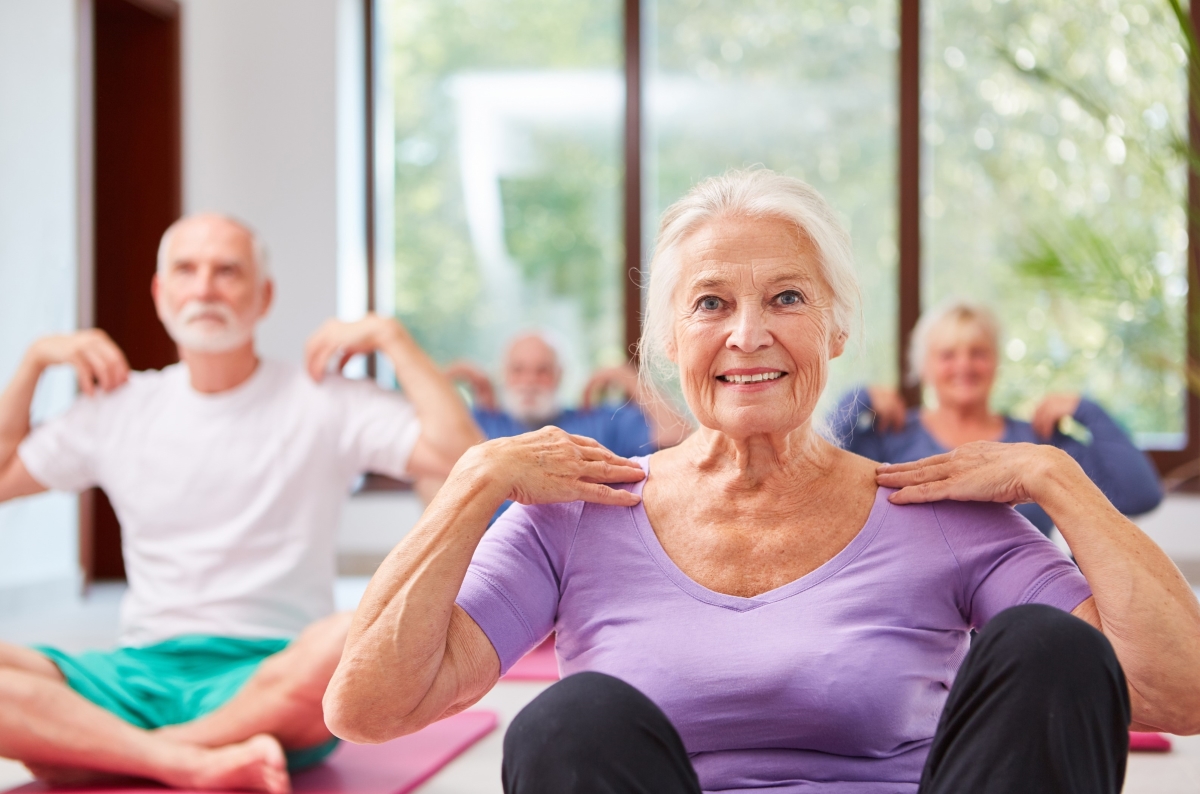
Before starting any new exercise routine, keeping safety in mind is essential. Here are a few tips for seniors looking to incorporate yoga and stretching into their daily routine:
- Consult with Your Doctor: If you have any underlying health conditions or concerns, you should check with your doctor before beginning a new exercise program.
- Start Slow: If you’re new to yoga or stretching, begin with gentle exercises and gradually increase intensity as you build strength and flexibility.
- Listen to Your Body: How your body feels during each exercise. If something feels uncomfortable or painful, stop and adjust your form or take a break.
- Use Props: Many seniors benefit from props such as yoga blocks, straps, or chairs to provide additional support during yoga poses.
- Stay Hydrated: Even low-impact exercises can cause you to sweat, so staying hydrated throughout your practice is essential.
Conclusion: A Path to Health and Well-Being
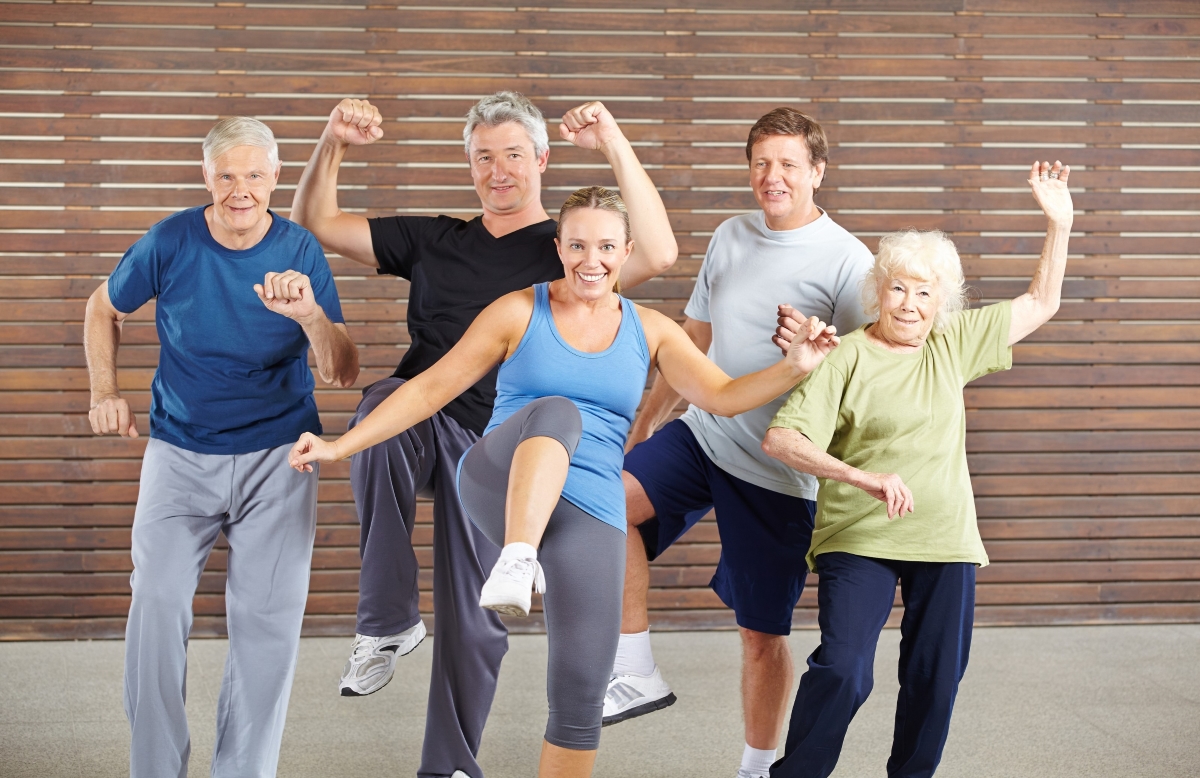
Yoga and stretching exercises are powerful tools that can help seniors maintain flexibility, strength, and balance while also promoting mental clarity and emotional well-being. By incorporating these gentle movements into your routine, you’ll improve your physical health and enhance your overall quality of life.
Whether you’re looking to stay active, reduce stress, or simply improve your range of motion, yoga and stretching offer a safe and effective way to achieve your goals. With regular practice, you’ll feel more energetic, balanced, and ready to embrace all the joys that come with life at any age.





